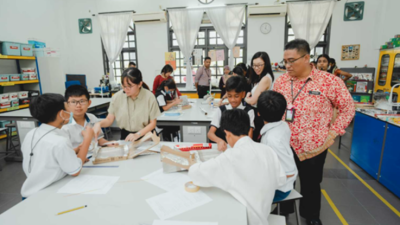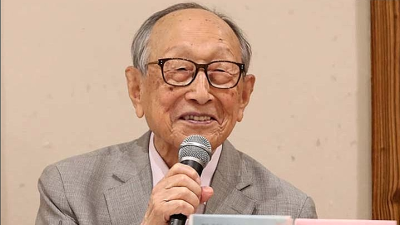The Philippines was ranked in the Programme for International Student Assessment (Pisa) as the “bullying capital of the world,” according to Second Congressional Commission on Education II executive director Karol Mark Yee.
In the 2018 Pisa, 65 per cent of Filipino students reported experiencing actions that can be considered as forms of bullying while the more recent Pisa in 2022 indicated that one out of three Filipino students have experienced bullying.
The new head of the Department of Education, Secretary Sonny Angara, seems keen to address this and hopes to monitor the schools’ compliance of the Anti-Bullying Act of 2013, of which he is one of the authors.
There are many significant school-related factors that affect the incidence of bullying. At the same time, I contend that there is also something we can do at home.
We do not get to this point where majority of Filipino students have experienced bullying without realising that we have, as a nation, normalised bullying.
Changing the culture of bullying may seem daunting. But like most things, this change starts at home.
First, what is bullying? Bullying requires that there is a differential of power: that someone stronger or more powerful is being aggressive toward you.
Two children fighting does not automatically make it bullying. One has to be significantly stronger, older, or with more support and resources and is using these advantages to cause harm or injury.
When looking at bullying through this lens, we can connect how currently existing power imbalances can contribute to a bullying environment.
We need to take inventory of the ways in which we enable imbalances of power, starting in our own homes. In family therapy, we assume that parents ideally will have more power than their children.
This power is needed to craft a healthy and conducive environment for the child, including putting up safety structures, enforcing of rules, and instilling discipline.
However, as family therapists, we advocate that this imbalance be as slight as possible only insomuch as to keep the child safe, like setting of reasonable curfews and enforcing rules for the child’s immediate physical safety.
We do not want to promote vast disparities of power such that the child no longer feels free to express themselves or to assert their needs. After all, any legal power we are given as parents serves to help us fulfil the needs of our children, not our own.
If we cannot exercise our powers responsibly, we do not deserve our children.
How, then, can we minimise our imbalance of power at home?

As parents, we must learn to listen. Our role is not to tell children what to do, but to listen. That is the first step in understanding what they need. Only when we have listened and understood what they need can we take action and decide how best to use our power.
For example, should we use our power as adults and confront the schools in case of incidents? Or do we use our power as trusted parents and give our children advice on how to handle others’ aggressive behaviours?
Cultivating listening as an integral part of family relationships also makes it easy for children to turn to their parents when they experience bullying. When children are used to being listened to, they speak up.
Another thing we must do as parents is how to model responsible use of power.
As the most powerful individual at home, we must be extra intentional about our rules and show that we are being fair and reasonable.
The standards we expect from them should be the same standards we expect from ourselves. If they are not allowed to engage in aggressive behaviours, then we should refrain from them as well (i.e., no physical punishments, no berating, no insults).
We cannot justify the use of violence to stop violence. We must show them alternative but effective ways to assert and defend themselves in an unsafe situation.
By helping children learn how to be responsible with power, they are less likely to perpetuate the cycle of violence and turn into bullies themselves.
As parents, we can be more involved in our schools in helping to reverse the culture of bullying. If we only go to school whenever our kids are in trouble, that is too little, too late.
Being involved does not mean nagging the teachers and administrators, however.
We must employ the same skills of listening, understanding, and modelling responsible use of power so that we can be genuine partners with the school.
If we nurture a strong, tight-knit community of parents and teachers who listen to each other, we are less likely to be blindsided whenever there are conflicts among our children.
If we build relationships with other parents, we are much more likely to resolve conflicts amicably while helping our children learn the valuable lesson of accountability and relationship repair.
There is a lot that is needed to eradicate bullying from our children’s lives. And it starts with us.
ADVERTISEMENT
ADVERTISEMENT








































